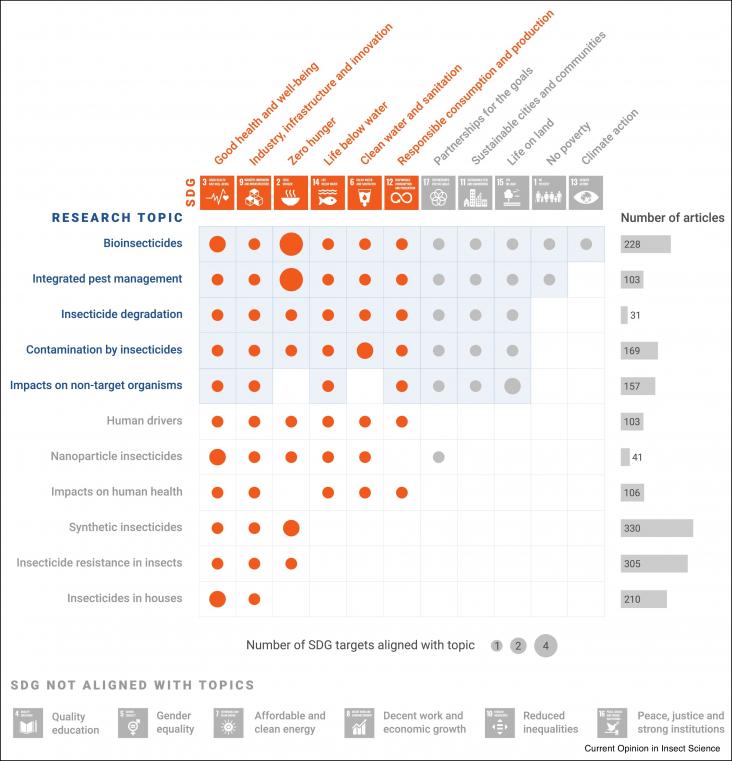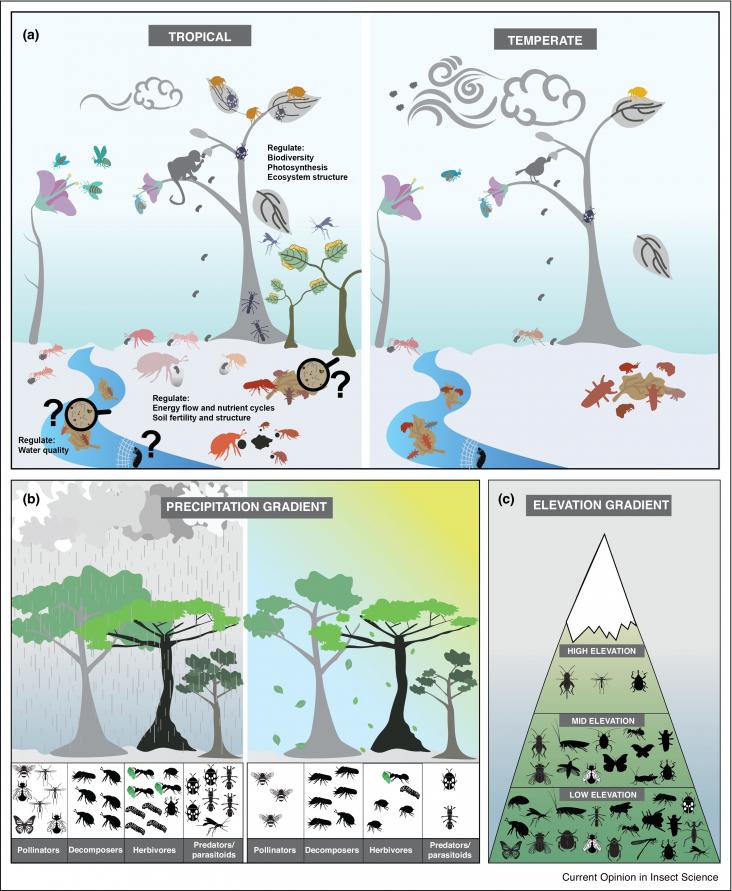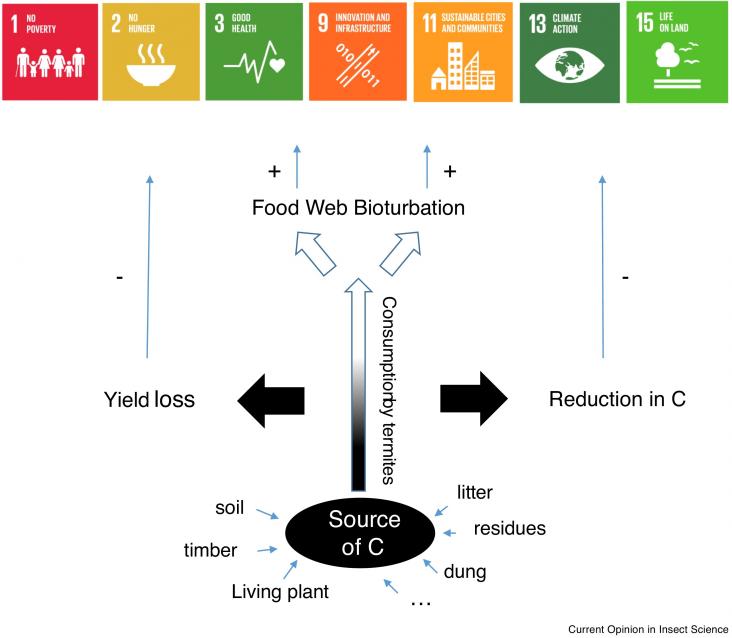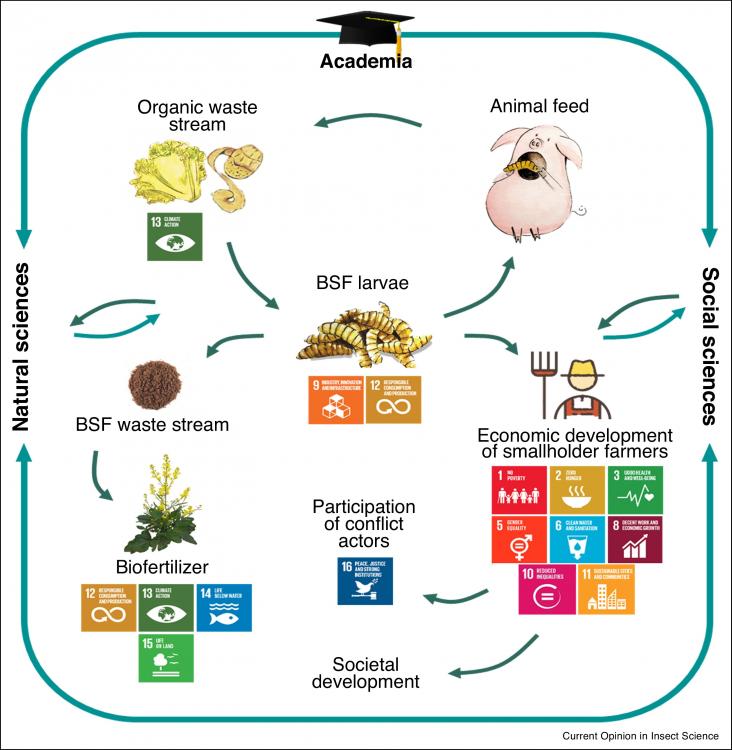To simultaneously reduce inequality, limit environmental impact of human activities and secure resilient livelihoods, the scientific research behind SDGs needs to consider not only the ecological integrity of life-supporting systems, but also the underlying socioeconomic stressors that affect their vulnerability in a changing world. Because insects and other invertebrates have profound and well-identified influences on many ecosystem services (e.g. pollination and biological control) and SDGs (e.g. crop pest and disease vectors), insect research and development have a great potential to address current global challenges.
This special issue, from Current Opinion in Insect Science, makes a case for expanding the breadth of disciplines that are directly involved in new transdisciplinary entomological research and making fundamental changes in the way researchers work with decision makers to co-create knowledge that will address pressing development problems. In other words, insect science needs to promote a sustainability science approach.
The current scale, pace, and practice of science are not keeping up with the changes in Earth and human conditions. The lack of a sustainability science approach is partly the reason why we have hard times fixing global issues such as the COVID-19 or locust swarms. It is more than ever pressing to incorporate SDGs into science to solve some of today’s global socio-environmental challenges. The crises, regardless of whether they concern devastating locust swarms or pandemics, demand it.
Current Opinion in Insect Science, Volume 40, August 2020
Materials, structures, surfaces and buildings of insects are of a great scientific interest, but such basic knowledge about the functional principles of these structures is also highly relevant for technical applications, especially in architecture. Some of the greatest challenges for today's architecture are multifunctionality, energy saving and sustainability — problems that insects have partially solved during their evolution. Entomologists have collected a huge amount of information about the structure and function of such living constructions and surfaces.
Current Opinion in Insect Science, Volume 40, August 2020
Insects such as the black soldier fly (BSF) are a nutritious feed component for livestock with high protein levels. BSF can be reared on a wide range of organic residual streams. This allows for local production within a circular agriculture, decoupling livestock production from import of expensive feed components, such as fishmeal or soymeal. Rearing of BSF can be done by smallholder farmers, thus contributing to their livelihood, economic sustainability and social status. Smallholder farmers contribute importantly to food security, which is a prerequisite for a stable society.








